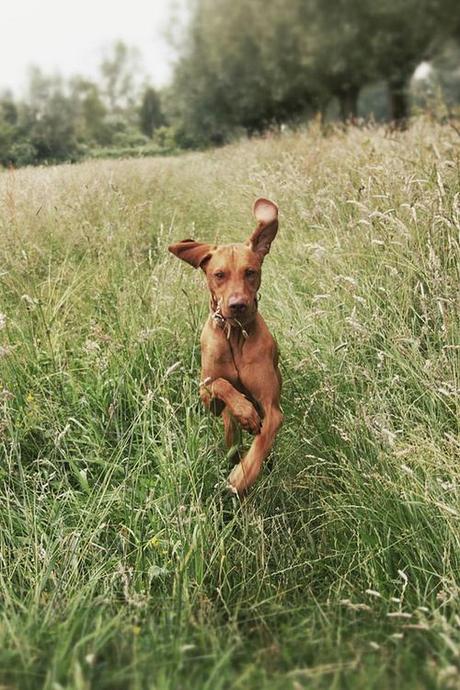
Despite your best efforts, it’s possible that your dog might develop a serious behavioral problem. The most common and potentially dangerous examples are a dog that runs away and a dog that responds to situations aggressively.
(Check out Reasons for Dog Hyperactivity)
Running Away
All dogs love being able to run free, really stretching their legs and playing with toys or other dogs. However, until your dog will return to your call then it’s not safe to let him off his lead. You may come across someone who isn’t confident around dogs or perhaps meet another dog who is not friendly. Often dogs learn to run away from their owners because they have been allowed to play off the lead before they have properly learned to come when called.
Dogs run away from their owners for a variety of reasons. Don’t take it personally, simply remind yourself that your dog spends all day in a house with you and is finding the temptations of the outside world too distracting. In this case, it’s likely that you dog views returning to you as a signal that his fun is about to end and is therefore best avoided. If your dog finds running away more rewarding than staying with you, training must focus on ensuring your dog not only comes back to you but also enjoys spending playtime with you.
If your dog will not return to you in a distraction-free environment such as your home or garden, it is too much to expect him to come back on a walk. Go back to basics and practice “come when called” at home in a quiet environment. You can introduce recall training to many elements of your daily life; try recalling him to a food bowl at dinner time, or recall from a thrown toy. Remember to always give lots of praise when he comes back to you.

Give him praise and/or reward when you call him back. *
Once your dog will return to you quickly and happily in and around the house, it’s time to move the training outside. Walk your dog on his normal lead, but have a light, long lead attached as well and tuck it away in your pocket. When you get to a safe, open space you can make a big show of taking your dog’s lead off. He will assume he is off the lead, but in actual fact you have hold of the end of the long-line. Don’t use this as you would a lead- it’s simply your safety line. You should aim to leave it dragging along the ground and avoid it pulling taut. Now try calling your dog as you have practiced at home: say your dog’s name, followed by “come,” stand up tall and wave your arms with a big smile on your face! Your dog should want to come back to you, because he knows he will get treats or praise every time he does.
Keep the training varied- ask him to recall as many times and be totally unpredictable with then you call him. Treat him sometimes, play with him others. Occasionally put him back on the lead for a little while and then let him off for a free run again. Keep him with you for a minute or two, then next time call him and send him straight off again. They key is to always praise the recall in some way.
Key Points to Control Running Away Dogs
Runaway dog. The outside world can be full of temptations for your dog. You should always practice recall training with your dog in a quiet, controlled environment at home before you let him off the lead during walks.
Returning for treats. Dogs should be taught that coming back when called means that they get a reward and are then allowed to continue playing. Only occasionally does it signal the end of the walk.
*image source

